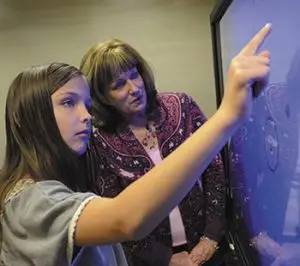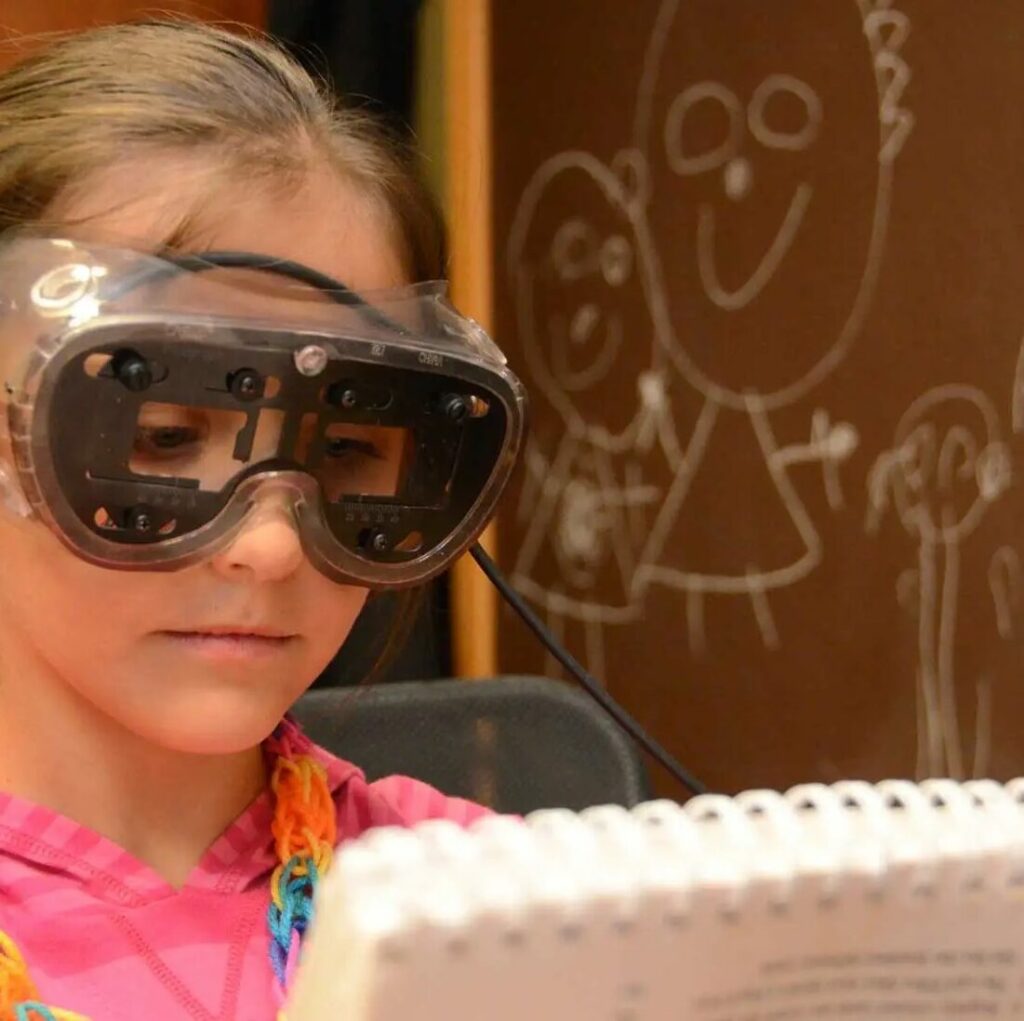
Writing this blog post is a humbling moment in my career. As I write, I feel like a terrible father and optometrist but I will keep writing in the hopes my family’s journey will help others.
All day I see patients and discuss, in great detail, the visual or physical symptoms they experience that affect their enjoyment of life as well as their continued health. I, and the other doctors here at Highline, are especially passionate about targeting potential visual skills deficiencies that can keep kids and adults from learning efficiently. For some people, these binocular vision issues can cause some pretty debilitating physical symptoms like eyestrain, headaches, and double vision. For others, the cues are often subtler and are easily missed or written off as other things like “boyishness”.
We are passionate about helping people properly develop these visual skills because not doing so limits their potential. When learning is especially difficult or hurts, kids don’t want to succeed in school, they just want to survive and graduate high school. And they definitely don’t want to go to college to pursue an interest that might otherwise feed their soul. When near work hurts or is difficult for adults, they adapt to their existing capabilities and change their career goals to match what they can do comfortably. In short, when learning is difficult or painful, the future becomes more limited than it should be and that’s just not okay.
What I Missed: The Signs
Which brings me back to why I feel like a terrible father: I overlooked some signs that my son had a visual skills deficiency and needed Vision Therapy.

Now, to be fair to myself and my wife, our son, Nolan, is six years old and this is about the age we, as optometrists, are able to spot visual deficiencies in our young patients. It’s when kids begin learning in a school environment that visual issues often present themselves. In our case, Nolan was learning in the classroom just fine and his reading skills are progressing at above his age level. In addition, some of his processing skills seem very advanced (Can I tell you that he’s building Lego sets intended for 16 year olds?). But, here’s what we started noticing:
- He was a bit clumsy: it’s as if he had trouble recognizing how his body moved in relation to his surroundings.
- He was fidgety when doing homework: he squirmed in his seat and picked at his clothing and otherwise, would not sit still.
- He has always avoided team sports: fearing that he “won’t be any good.”
After some discussions with my wife, we decided to just pull the trigger and put Nolan in Vision Therapy right now. The worst thing that could happen would be that – as his eyes and brain are trained to work together at a higher level – he might need more advanced Lego sets!
Some of the visual skills I had checked with Nolan at his exams actually didn’t look too reduced, but I knew that we often get a lot more information after scheduling a screening appointment in the Vision Therapy office. It was at this first Vision Therapy appointment that our suspicions were confirmed: Nolan’s eye tracking skills were very underdeveloped. He seemed to have trouble with some basic visually guided motor skills, and I was astonished at the effort that some of the testing took for him.
Here We Go!
So here we are, beginning Vision Therapy and it is my intention to bring you along with us so you can see what Vision Therapy is like from a parent’s perspective. Follow Highline Vision Center on Facebook or Instagram to see when this blog is updated.
Ready to Schedule An Appointment?
The Highline Vision Center team is looking forward to seeing you soon. Our practice utilizes state-of-the-art technology to deliver personal and comprehensive eye care for your entire family.



